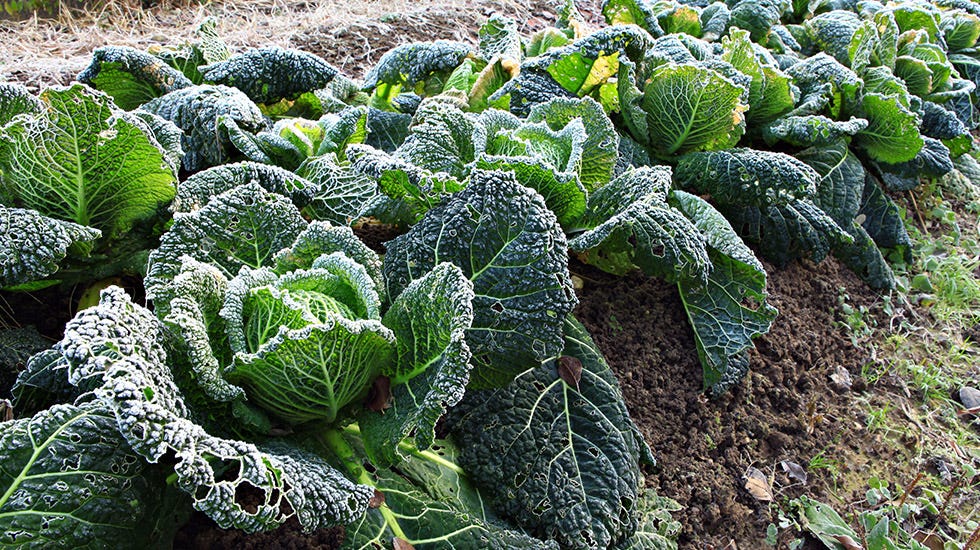When the days get shorter and the nights get colder, it doesn’t mean you have to give up your gardening hobby for the winter season. With winter gardening, you can turn your agricultural hobby or desire for fresh produce into a year-round activity.
Winter gardening may be easier in areas where winter weather in the United States is milder. However, with a standard greenhouse or a cold frame greenhouse, it’s possible to grow a variety of root vegetables, fruits, and herbs in Canada and the parts of the United States that are known to have cold temperatures throughout the winter season.
What Is Winter Gardening?
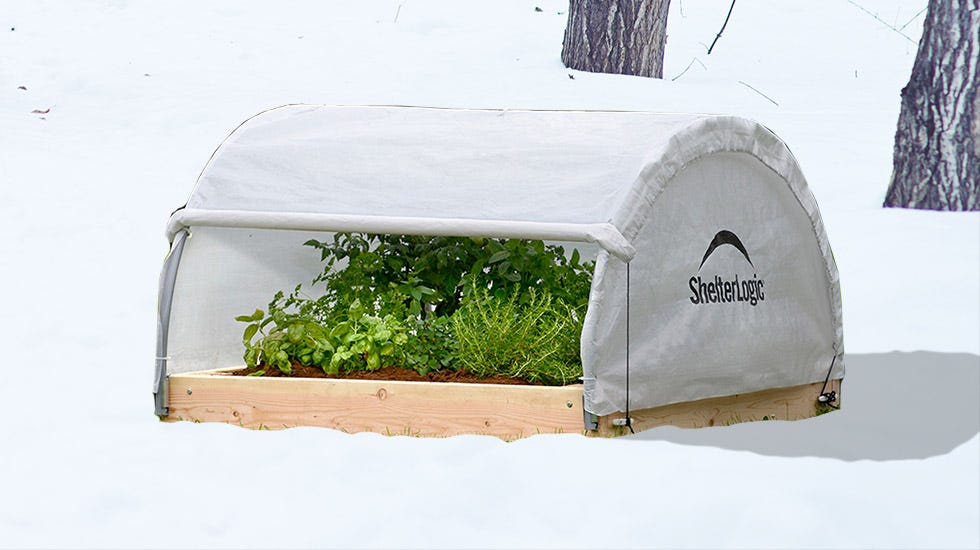
When temperatures drop, can you still garden? The answer is a resounding yes. In fact, many garden lovers and hobby growers grow veggies year-round, and there are lots of great reasons for doing so. Whether growing plants and veggies professionally, or to maintain healthy eating for the whole family, many people use these common winter gardening techniques to grow their own vegetables all year long.

You must winterize your fabric greenhouse before you use it to start your winter garden. When it’s properly winterized, the potential of your winter garden flourishing will increase. If you don’t winterize, you can expect very poor results. Here are some tips and tricks for winterizing your greenhouse.
According to
Eartheasy, winter gardening involves planting and harvesting crops primarily during three seasons:
- Late Fall for Winter Harvest: Some crops that are sown in the fall reach maturity before the first frost hits, but you don’t need to harvest them until the early winter. They won’t grow much once they’ve matured, so they will stay fresh in a cold frame greenhouse.
- Short-Season Winter: Any vegetable that is sewn and quickly matures in 3 to 6 weeks falls into this category. Planting short-season winter vegetables allows you to live off the land all winter long,
- Overwinter: In this case, the crops you plant in the fall are not fully grown before the first frost. As temperatures drop, these overwintered crops are inactive. When the days start getting longer, overwintered crops continue to grow again, and are usually ready to harvest in early spring.
What to Grow in Your Winter Garden
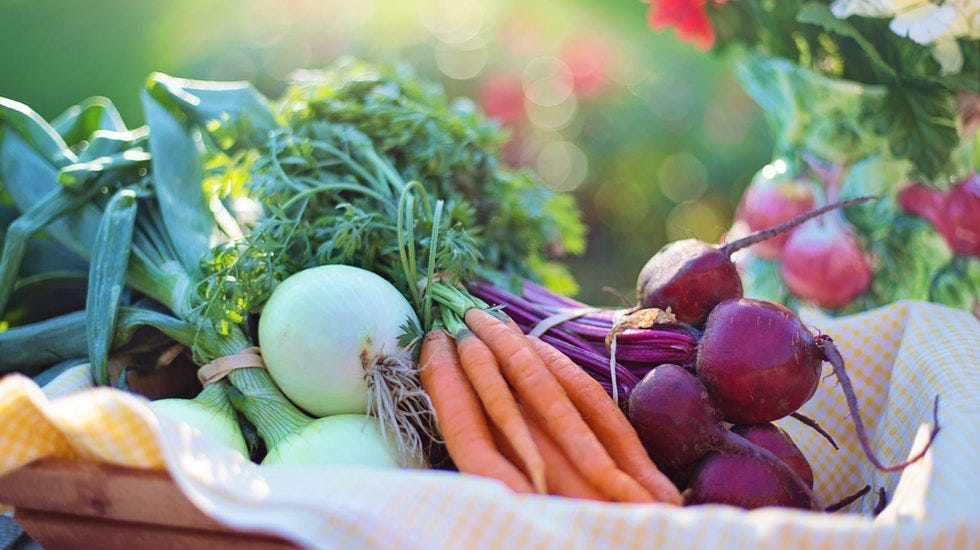
Having all the tools you need for successful winter gardening is only half the battle. You need to know what you can successfully grow in a winter garden in your area of the country. The first thing to do when choosing what to grow is consult the hardiness zone map from the
United States Department of Agriculture or
Agriculture and Agri-Food Canada. This will let you know what plants will most likely survive in your cold frame greenhouse, and which you should take pass on.
You can grow a wide variety of vegetables, fruits, and herbs in a winter garden. Some crops can withstand the cooler temperatures of a cold frame greenhouse, while others will need an additional source of artificial or natural heat. Here’s a rundown of what generally grows best in cold frames or winter greenhouses:
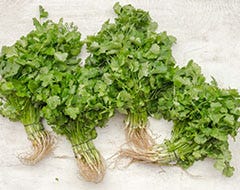 Winter Herbs:
Winter Herbs: Many
winter herbs can grow outdoors in Zones 6 and higher but will still thrive in a cold frame or a winter greenhouse. Those herbs include sage, common thyme, oregano, chamomile, mint, lavender, basil, chives, and tarragon. You can plant winter herbs outdoors in the fall and then move them into a greenhouse when the frost hits. You can also plant them in a raised bed garden and then protect it with a
GrowIT Raised Bed Greenhouse.
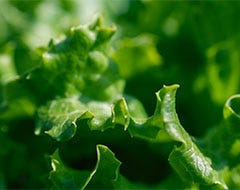 Leafy Greens:
Leafy Greens: Spinach, cabbage, radicchio, bok choy, and kale are
rugged leafy greens that can thrive in a winter greenhouse. If you are planning to eat salads during the winter, then your best bet is to plant leafy greens in the ground during the fall, while the winter is still warm, and then cover with a cold frame. On sunny days, you’ll need to
open the flaps to allow air circulation and prevent overheating, excessive moisture buildup, and disease or insect infestation.
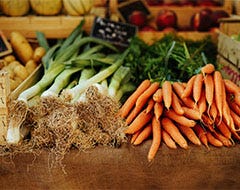 Root Vegetables:
Root Vegetables: The
most common root vegetables to plant for winter harvest or for overwintering include carrots, beets, radishes, onions, garlic, and turnips. You can also consider growing leeks, parsnips, and rutabagas. Root vegetables can survive frost and thrive in freezing temperatures. They can be planted during the fall and either harvested during the winter or early spring. Like leafy greens, your best bet is to grow root veggies in a raised bed with a cold frame.
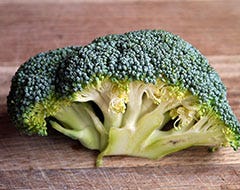 Hardy Vegetables:
Hardy Vegetables: broccoli, celery, peas, and brussels sprouts can withstand colder temperatures. If you prefer planting hardy vegetables in containers, space them far enough apart in your greenhouse so that the plants’ leaves don’t touch. If you prefer raised garden beds inside a winter greenhouse, be sure to thin out the weak plants as they grow so the hardier plants have plenty of room to thrive.
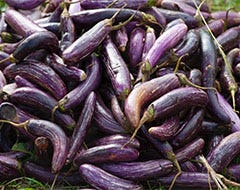 Warm Weather Vegetables:
Warm Weather Vegetables: There are certain warm weather veggies that you can seed in your greenhouse
late in the winter for a springtime harvest. Those vegetables include tomatoes, sweet potatoes, peppers, and eggplants. However, for successful growing of warm weather vegetables in colder climates, you will need a heated greenhouse.
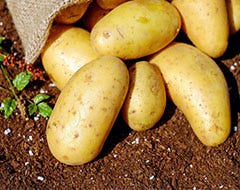 Potatoes:
Potatoes: From russet to Yukon, from red to purple, all kinds of potatoes can be grown in the winter in a greenhouse,
provided you keep them free of frost. Each variety of potato takes about 80 to 100 days to grow. If you plant them in November or December, you should be able to harvest them in February or March.

Potatoes can be grown in a bucket or a container in your greenhouse and brought outdoors on fair-weathered days. Or if you have enough room in your greenhouse, you can plant potatoes in beds just as you would outside.
How to Grow Vegetables in Winter Outdoors With a Greenhouse
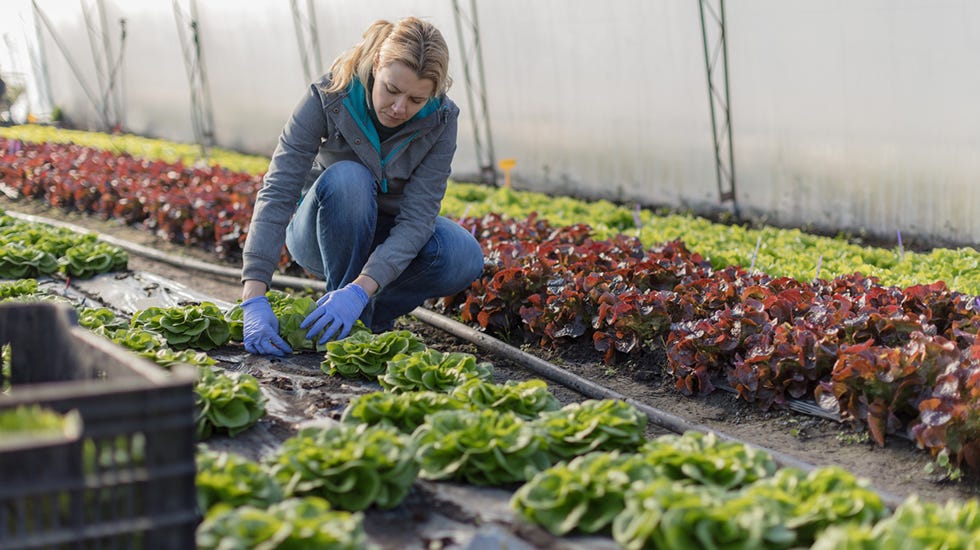
It may not be easy to keep your winter garden thriving during chilly weather. However, when you control the temperature and atmosphere yourself with the use of a cold frame greenhouse or a traditional greenhouse, you can grow plants more efficiently and effectively, year-round.
Traditional Greenhouses and Cold Frame Greenhouses: What’s the Difference?
What's the difference between a cold frame greenhouse and a "traditional" greenhouse? The short answer? A lot, and not much at all! Depending on where you live in North America, the standard nomenclature for different types of greenhouses may vary.
In reality, both cold frames and "traditional" greenhouses serve the same function.
Both cold frame greenhouses and "traditional" greenhouses are built to provide shelter to plants and seedlings during the cold winter months, are used to more effectively grow plants by proper light diffusion, encapsulate warmth and regulate temperatures to create conditions conducive to growing.
All greenhouse structures are typically translucent and use the sun to generate warmth. Some greenhouses may use artificial heat to keep the temperature at a constant. Other greenhouses use fans, vents, covers, water barrels and other techniques to protect seedlings and plants from frostbite.
Cold frame greenhouses come in many shapes and sizes: from raised bed garden covers to commercial greenhouses that span 100 ft. long. Here’s a comparison of greenhouses offered by ShelterLogic:
|
 GrowIT Backyard Raised Bed Greenhouse GrowIT Backyard Raised Bed Greenhouse |
 GrowIT Heavy Duty Greenhouse GrowIT Heavy Duty Greenhouse |
 ShelterTech High Tunnel Greenhouse ShelterTech High Tunnel Greenhouse |
| Size Range |
4 ft. x 4 ft. |
12 ft. x 20 ft. and 12 ft. x 24 ft. |
Up to 38 ft. x up to 100 ft. |
| What We Love About It |
Tough, compact, and easy to assemble |
Available in round and peak style roof options |
Wide variety of custom sizes and shapes |
| Frame Construction |
1 in. steel with premium powder coat finish |
Powder-coated 1-5/8 in. heavy-duty steel frame. |
Galvanized carbon steel manufactured in the USA. |
|
Learn More |
Learn More |
Learn More |
Quick Greenhouse Tips to Keep Your Winter Garden Warm
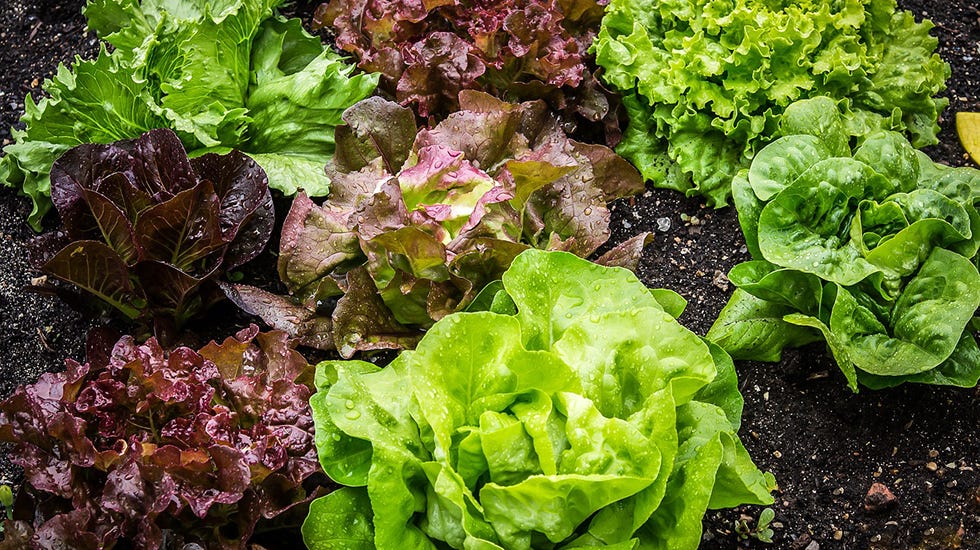
Whether you decide to use a greenhouse or a cold frame for your winter gardening needs, your crops can be vulnerable to chilly, frigid nights. While it would make sense not to vent it during the day when you know an arctic chill is on its way, daytime venting is not safe for your plants. That would create a drastic temperature drop in the greenhouse, which leads to relative humidity and increases the potential for fungus and mold to wipe out your crops.
Here are a few tips to keep your winter plants from getting too cold in your winter greenhouse:
 |
Create Thermal Mass: When you place containers of water in your greenhouse, it will create thermal mass. If you have a commercial size greenhouse, you can do this with large garbage cans or 55-gallon drums. If you have a small greenhouse, you can use gallon milk jugs. During the day, the water will heat up and at night, as the water cools, it will release heat into the air. |
 |
Use Dark Mulch: Dark mulch will absorb heat from the sun during the day. The mulch will cool off at night, but nowhere near as quickly as the air does. You can use dark mulch on your crops and on exposed walkways to keep your winter plants warm. |
 |
Cover Plants at Night: If it gets extremely cold, you can cover your plants with horticultural cloth at night. It’s like putting a blanket on yourself: the protection holds your body heat in and keeps you from freezing. |
 |
Insulate the Greenhouse: Horticultural bubble wrap can be attached to the internal walls and roof of your greenhouse or cold frame to keep warm air from escaping too quickly at night. Horticultural bubble wrap is different from packaging bubble wrap because it is more translucent and doesn’t break down when it’s exposed to the sun’s UV rays. |
 |
Use a Heater: As a last resort, you can use an electric heater to keep your greenhouse warm at night. An electric heater is preferred because it lets off a dry heat and does not produce carbon monoxide, which is dangerous to plants and people alike. If you do need to use an electric heater, only run it between dusk and dawn. |

ShelterLogic makes shade cloth that can be used to keep your plants warm during cold winter nights. When you cover your plants with this breathable polyethylene fabric at night, it will help prevent frost, should your greenhouse temperature dip below freezing.
Getting a Head Start on Spring
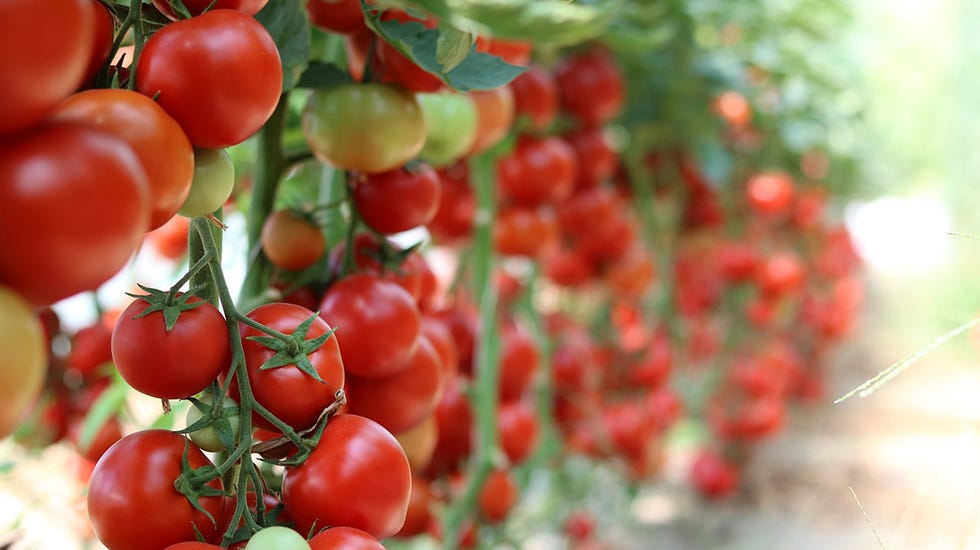
If you try to
plant and harvest warm weather crops like tomatoes or peppers in your cold frame greenhouse in the late fall, you will probably not have success. However, if you wait until the late winter, you can use your cold frame to get a head start on the spring planting season.
In February, once the daylight begins to increase, you can use your cold frame greenhouse to
get seedlings started. Long-season vegetable crops like tomatoes, peppers, and eggplant typically take 100 to 150 days to mature, and they are not tolerant of the cold weather. You can get these long-season plants started in a greenhouse or a cold frame and keep them in a warm environment for as long as possible.
Once the spring season hits and nighttime temperatures consistently hover above 55 degrees Fahrenheit, which is usually in May in most parts of the United States, you can transplant your warm weather crops outside or let them continue thriving in a greenhouse.
Shop Greenhouse + Garden When temperatures drop, can you still garden? The answer is a resounding yes. In fact, many garden lovers and hobby growers grow veggies year-round, and there are lots of great reasons for doing so. Whether growing plants and veggies professionally, or to maintain healthy eating for the whole family, many people use these common winter gardening techniques to grow their own vegetables all year long.
When temperatures drop, can you still garden? The answer is a resounding yes. In fact, many garden lovers and hobby growers grow veggies year-round, and there are lots of great reasons for doing so. Whether growing plants and veggies professionally, or to maintain healthy eating for the whole family, many people use these common winter gardening techniques to grow their own vegetables all year long.
 Having all the tools you need for successful winter gardening is only half the battle. You need to know what you can successfully grow in a winter garden in your area of the country. The first thing to do when choosing what to grow is consult the hardiness zone map from the United States Department of Agriculture or Agriculture and Agri-Food Canada. This will let you know what plants will most likely survive in your cold frame greenhouse, and which you should take pass on.
You can grow a wide variety of vegetables, fruits, and herbs in a winter garden. Some crops can withstand the cooler temperatures of a cold frame greenhouse, while others will need an additional source of artificial or natural heat. Here’s a rundown of what generally grows best in cold frames or winter greenhouses:
Having all the tools you need for successful winter gardening is only half the battle. You need to know what you can successfully grow in a winter garden in your area of the country. The first thing to do when choosing what to grow is consult the hardiness zone map from the United States Department of Agriculture or Agriculture and Agri-Food Canada. This will let you know what plants will most likely survive in your cold frame greenhouse, and which you should take pass on.
You can grow a wide variety of vegetables, fruits, and herbs in a winter garden. Some crops can withstand the cooler temperatures of a cold frame greenhouse, while others will need an additional source of artificial or natural heat. Here’s a rundown of what generally grows best in cold frames or winter greenhouses: Winter Herbs: Many winter herbs can grow outdoors in Zones 6 and higher but will still thrive in a cold frame or a winter greenhouse. Those herbs include sage, common thyme, oregano, chamomile, mint, lavender, basil, chives, and tarragon. You can plant winter herbs outdoors in the fall and then move them into a greenhouse when the frost hits. You can also plant them in a raised bed garden and then protect it with a GrowIT Raised Bed Greenhouse.
Winter Herbs: Many winter herbs can grow outdoors in Zones 6 and higher but will still thrive in a cold frame or a winter greenhouse. Those herbs include sage, common thyme, oregano, chamomile, mint, lavender, basil, chives, and tarragon. You can plant winter herbs outdoors in the fall and then move them into a greenhouse when the frost hits. You can also plant them in a raised bed garden and then protect it with a GrowIT Raised Bed Greenhouse. Leafy Greens: Spinach, cabbage, radicchio, bok choy, and kale are rugged leafy greens that can thrive in a winter greenhouse. If you are planning to eat salads during the winter, then your best bet is to plant leafy greens in the ground during the fall, while the winter is still warm, and then cover with a cold frame. On sunny days, you’ll need to open the flaps to allow air circulation and prevent overheating, excessive moisture buildup, and disease or insect infestation.
Leafy Greens: Spinach, cabbage, radicchio, bok choy, and kale are rugged leafy greens that can thrive in a winter greenhouse. If you are planning to eat salads during the winter, then your best bet is to plant leafy greens in the ground during the fall, while the winter is still warm, and then cover with a cold frame. On sunny days, you’ll need to open the flaps to allow air circulation and prevent overheating, excessive moisture buildup, and disease or insect infestation. Root Vegetables: The most common root vegetables to plant for winter harvest or for overwintering include carrots, beets, radishes, onions, garlic, and turnips. You can also consider growing leeks, parsnips, and rutabagas. Root vegetables can survive frost and thrive in freezing temperatures. They can be planted during the fall and either harvested during the winter or early spring. Like leafy greens, your best bet is to grow root veggies in a raised bed with a cold frame.
Root Vegetables: The most common root vegetables to plant for winter harvest or for overwintering include carrots, beets, radishes, onions, garlic, and turnips. You can also consider growing leeks, parsnips, and rutabagas. Root vegetables can survive frost and thrive in freezing temperatures. They can be planted during the fall and either harvested during the winter or early spring. Like leafy greens, your best bet is to grow root veggies in a raised bed with a cold frame. Hardy Vegetables: broccoli, celery, peas, and brussels sprouts can withstand colder temperatures. If you prefer planting hardy vegetables in containers, space them far enough apart in your greenhouse so that the plants’ leaves don’t touch. If you prefer raised garden beds inside a winter greenhouse, be sure to thin out the weak plants as they grow so the hardier plants have plenty of room to thrive.
Hardy Vegetables: broccoli, celery, peas, and brussels sprouts can withstand colder temperatures. If you prefer planting hardy vegetables in containers, space them far enough apart in your greenhouse so that the plants’ leaves don’t touch. If you prefer raised garden beds inside a winter greenhouse, be sure to thin out the weak plants as they grow so the hardier plants have plenty of room to thrive. Warm Weather Vegetables: There are certain warm weather veggies that you can seed in your greenhouse late in the winter for a springtime harvest. Those vegetables include tomatoes, sweet potatoes, peppers, and eggplants. However, for successful growing of warm weather vegetables in colder climates, you will need a heated greenhouse.
Warm Weather Vegetables: There are certain warm weather veggies that you can seed in your greenhouse late in the winter for a springtime harvest. Those vegetables include tomatoes, sweet potatoes, peppers, and eggplants. However, for successful growing of warm weather vegetables in colder climates, you will need a heated greenhouse. Potatoes: From russet to Yukon, from red to purple, all kinds of potatoes can be grown in the winter in a greenhouse, provided you keep them free of frost. Each variety of potato takes about 80 to 100 days to grow. If you plant them in November or December, you should be able to harvest them in February or March.
Potatoes: From russet to Yukon, from red to purple, all kinds of potatoes can be grown in the winter in a greenhouse, provided you keep them free of frost. Each variety of potato takes about 80 to 100 days to grow. If you plant them in November or December, you should be able to harvest them in February or March.
 It may not be easy to keep your winter garden thriving during chilly weather. However, when you control the temperature and atmosphere yourself with the use of a cold frame greenhouse or a traditional greenhouse, you can grow plants more efficiently and effectively, year-round.
It may not be easy to keep your winter garden thriving during chilly weather. However, when you control the temperature and atmosphere yourself with the use of a cold frame greenhouse or a traditional greenhouse, you can grow plants more efficiently and effectively, year-round.
 Whether you decide to use a greenhouse or a cold frame for your winter gardening needs, your crops can be vulnerable to chilly, frigid nights. While it would make sense not to vent it during the day when you know an arctic chill is on its way, daytime venting is not safe for your plants. That would create a drastic temperature drop in the greenhouse, which leads to relative humidity and increases the potential for fungus and mold to wipe out your crops.
Here are a few tips to keep your winter plants from getting too cold in your winter greenhouse:
Whether you decide to use a greenhouse or a cold frame for your winter gardening needs, your crops can be vulnerable to chilly, frigid nights. While it would make sense not to vent it during the day when you know an arctic chill is on its way, daytime venting is not safe for your plants. That would create a drastic temperature drop in the greenhouse, which leads to relative humidity and increases the potential for fungus and mold to wipe out your crops.
Here are a few tips to keep your winter plants from getting too cold in your winter greenhouse:

 If you try to plant and harvest warm weather crops like tomatoes or peppers in your cold frame greenhouse in the late fall, you will probably not have success. However, if you wait until the late winter, you can use your cold frame to get a head start on the spring planting season.
In February, once the daylight begins to increase, you can use your cold frame greenhouse to get seedlings started. Long-season vegetable crops like tomatoes, peppers, and eggplant typically take 100 to 150 days to mature, and they are not tolerant of the cold weather. You can get these long-season plants started in a greenhouse or a cold frame and keep them in a warm environment for as long as possible.
Once the spring season hits and nighttime temperatures consistently hover above 55 degrees Fahrenheit, which is usually in May in most parts of the United States, you can transplant your warm weather crops outside or let them continue thriving in a greenhouse.Shop Greenhouse + Garden
If you try to plant and harvest warm weather crops like tomatoes or peppers in your cold frame greenhouse in the late fall, you will probably not have success. However, if you wait until the late winter, you can use your cold frame to get a head start on the spring planting season.
In February, once the daylight begins to increase, you can use your cold frame greenhouse to get seedlings started. Long-season vegetable crops like tomatoes, peppers, and eggplant typically take 100 to 150 days to mature, and they are not tolerant of the cold weather. You can get these long-season plants started in a greenhouse or a cold frame and keep them in a warm environment for as long as possible.
Once the spring season hits and nighttime temperatures consistently hover above 55 degrees Fahrenheit, which is usually in May in most parts of the United States, you can transplant your warm weather crops outside or let them continue thriving in a greenhouse.Shop Greenhouse + Garden When temperatures drop, can you still garden? The answer is a resounding yes. In fact, many garden lovers and hobby growers grow veggies year-round, and there are lots of great reasons for doing so. Whether growing plants and veggies professionally, or to maintain healthy eating for the whole family, many people use these common winter gardening techniques to grow their own vegetables all year long.
When temperatures drop, can you still garden? The answer is a resounding yes. In fact, many garden lovers and hobby growers grow veggies year-round, and there are lots of great reasons for doing so. Whether growing plants and veggies professionally, or to maintain healthy eating for the whole family, many people use these common winter gardening techniques to grow their own vegetables all year long.
 Having all the tools you need for successful winter gardening is only half the battle. You need to know what you can successfully grow in a winter garden in your area of the country. The first thing to do when choosing what to grow is consult the hardiness zone map from the United States Department of Agriculture or Agriculture and Agri-Food Canada. This will let you know what plants will most likely survive in your cold frame greenhouse, and which you should take pass on.
You can grow a wide variety of vegetables, fruits, and herbs in a winter garden. Some crops can withstand the cooler temperatures of a cold frame greenhouse, while others will need an additional source of artificial or natural heat. Here’s a rundown of what generally grows best in cold frames or winter greenhouses:
Having all the tools you need for successful winter gardening is only half the battle. You need to know what you can successfully grow in a winter garden in your area of the country. The first thing to do when choosing what to grow is consult the hardiness zone map from the United States Department of Agriculture or Agriculture and Agri-Food Canada. This will let you know what plants will most likely survive in your cold frame greenhouse, and which you should take pass on.
You can grow a wide variety of vegetables, fruits, and herbs in a winter garden. Some crops can withstand the cooler temperatures of a cold frame greenhouse, while others will need an additional source of artificial or natural heat. Here’s a rundown of what generally grows best in cold frames or winter greenhouses: Winter Herbs: Many winter herbs can grow outdoors in Zones 6 and higher but will still thrive in a cold frame or a winter greenhouse. Those herbs include sage, common thyme, oregano, chamomile, mint, lavender, basil, chives, and tarragon. You can plant winter herbs outdoors in the fall and then move them into a greenhouse when the frost hits. You can also plant them in a raised bed garden and then protect it with a GrowIT Raised Bed Greenhouse.
Winter Herbs: Many winter herbs can grow outdoors in Zones 6 and higher but will still thrive in a cold frame or a winter greenhouse. Those herbs include sage, common thyme, oregano, chamomile, mint, lavender, basil, chives, and tarragon. You can plant winter herbs outdoors in the fall and then move them into a greenhouse when the frost hits. You can also plant them in a raised bed garden and then protect it with a GrowIT Raised Bed Greenhouse. Leafy Greens: Spinach, cabbage, radicchio, bok choy, and kale are rugged leafy greens that can thrive in a winter greenhouse. If you are planning to eat salads during the winter, then your best bet is to plant leafy greens in the ground during the fall, while the winter is still warm, and then cover with a cold frame. On sunny days, you’ll need to open the flaps to allow air circulation and prevent overheating, excessive moisture buildup, and disease or insect infestation.
Leafy Greens: Spinach, cabbage, radicchio, bok choy, and kale are rugged leafy greens that can thrive in a winter greenhouse. If you are planning to eat salads during the winter, then your best bet is to plant leafy greens in the ground during the fall, while the winter is still warm, and then cover with a cold frame. On sunny days, you’ll need to open the flaps to allow air circulation and prevent overheating, excessive moisture buildup, and disease or insect infestation. Root Vegetables: The most common root vegetables to plant for winter harvest or for overwintering include carrots, beets, radishes, onions, garlic, and turnips. You can also consider growing leeks, parsnips, and rutabagas. Root vegetables can survive frost and thrive in freezing temperatures. They can be planted during the fall and either harvested during the winter or early spring. Like leafy greens, your best bet is to grow root veggies in a raised bed with a cold frame.
Root Vegetables: The most common root vegetables to plant for winter harvest or for overwintering include carrots, beets, radishes, onions, garlic, and turnips. You can also consider growing leeks, parsnips, and rutabagas. Root vegetables can survive frost and thrive in freezing temperatures. They can be planted during the fall and either harvested during the winter or early spring. Like leafy greens, your best bet is to grow root veggies in a raised bed with a cold frame. Hardy Vegetables: broccoli, celery, peas, and brussels sprouts can withstand colder temperatures. If you prefer planting hardy vegetables in containers, space them far enough apart in your greenhouse so that the plants’ leaves don’t touch. If you prefer raised garden beds inside a winter greenhouse, be sure to thin out the weak plants as they grow so the hardier plants have plenty of room to thrive.
Hardy Vegetables: broccoli, celery, peas, and brussels sprouts can withstand colder temperatures. If you prefer planting hardy vegetables in containers, space them far enough apart in your greenhouse so that the plants’ leaves don’t touch. If you prefer raised garden beds inside a winter greenhouse, be sure to thin out the weak plants as they grow so the hardier plants have plenty of room to thrive. Warm Weather Vegetables: There are certain warm weather veggies that you can seed in your greenhouse late in the winter for a springtime harvest. Those vegetables include tomatoes, sweet potatoes, peppers, and eggplants. However, for successful growing of warm weather vegetables in colder climates, you will need a heated greenhouse.
Warm Weather Vegetables: There are certain warm weather veggies that you can seed in your greenhouse late in the winter for a springtime harvest. Those vegetables include tomatoes, sweet potatoes, peppers, and eggplants. However, for successful growing of warm weather vegetables in colder climates, you will need a heated greenhouse. Potatoes: From russet to Yukon, from red to purple, all kinds of potatoes can be grown in the winter in a greenhouse, provided you keep them free of frost. Each variety of potato takes about 80 to 100 days to grow. If you plant them in November or December, you should be able to harvest them in February or March.
Potatoes: From russet to Yukon, from red to purple, all kinds of potatoes can be grown in the winter in a greenhouse, provided you keep them free of frost. Each variety of potato takes about 80 to 100 days to grow. If you plant them in November or December, you should be able to harvest them in February or March.
 It may not be easy to keep your winter garden thriving during chilly weather. However, when you control the temperature and atmosphere yourself with the use of a cold frame greenhouse or a traditional greenhouse, you can grow plants more efficiently and effectively, year-round.
It may not be easy to keep your winter garden thriving during chilly weather. However, when you control the temperature and atmosphere yourself with the use of a cold frame greenhouse or a traditional greenhouse, you can grow plants more efficiently and effectively, year-round.
 GrowIT Backyard Raised Bed Greenhouse
GrowIT Backyard Raised Bed Greenhouse GrowIT Heavy Duty Greenhouse
GrowIT Heavy Duty Greenhouse ShelterTech High Tunnel Greenhouse
ShelterTech High Tunnel Greenhouse Whether you decide to use a greenhouse or a cold frame for your winter gardening needs, your crops can be vulnerable to chilly, frigid nights. While it would make sense not to vent it during the day when you know an arctic chill is on its way, daytime venting is not safe for your plants. That would create a drastic temperature drop in the greenhouse, which leads to relative humidity and increases the potential for fungus and mold to wipe out your crops.
Here are a few tips to keep your winter plants from getting too cold in your winter greenhouse:
Whether you decide to use a greenhouse or a cold frame for your winter gardening needs, your crops can be vulnerable to chilly, frigid nights. While it would make sense not to vent it during the day when you know an arctic chill is on its way, daytime venting is not safe for your plants. That would create a drastic temperature drop in the greenhouse, which leads to relative humidity and increases the potential for fungus and mold to wipe out your crops.
Here are a few tips to keep your winter plants from getting too cold in your winter greenhouse:






 If you try to plant and harvest warm weather crops like tomatoes or peppers in your cold frame greenhouse in the late fall, you will probably not have success. However, if you wait until the late winter, you can use your cold frame to get a head start on the spring planting season.
In February, once the daylight begins to increase, you can use your cold frame greenhouse to get seedlings started. Long-season vegetable crops like tomatoes, peppers, and eggplant typically take 100 to 150 days to mature, and they are not tolerant of the cold weather. You can get these long-season plants started in a greenhouse or a cold frame and keep them in a warm environment for as long as possible.
Once the spring season hits and nighttime temperatures consistently hover above 55 degrees Fahrenheit, which is usually in May in most parts of the United States, you can transplant your warm weather crops outside or let them continue thriving in a greenhouse.Shop Greenhouse + Garden
If you try to plant and harvest warm weather crops like tomatoes or peppers in your cold frame greenhouse in the late fall, you will probably not have success. However, if you wait until the late winter, you can use your cold frame to get a head start on the spring planting season.
In February, once the daylight begins to increase, you can use your cold frame greenhouse to get seedlings started. Long-season vegetable crops like tomatoes, peppers, and eggplant typically take 100 to 150 days to mature, and they are not tolerant of the cold weather. You can get these long-season plants started in a greenhouse or a cold frame and keep them in a warm environment for as long as possible.
Once the spring season hits and nighttime temperatures consistently hover above 55 degrees Fahrenheit, which is usually in May in most parts of the United States, you can transplant your warm weather crops outside or let them continue thriving in a greenhouse.Shop Greenhouse + Garden
